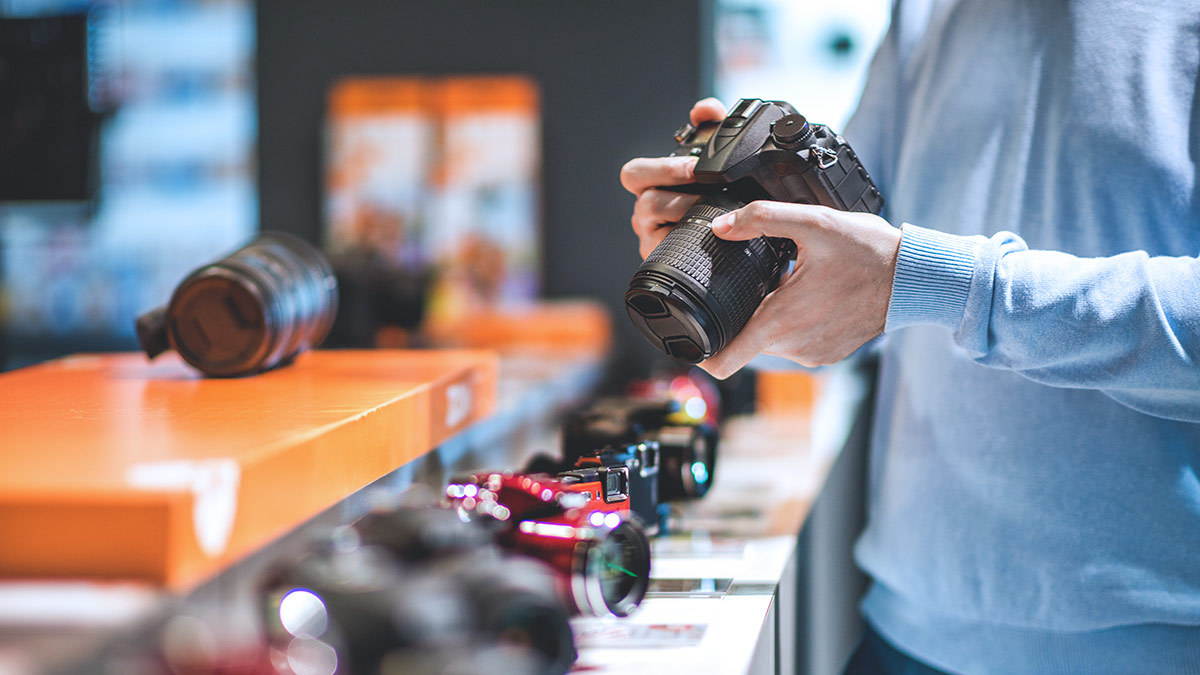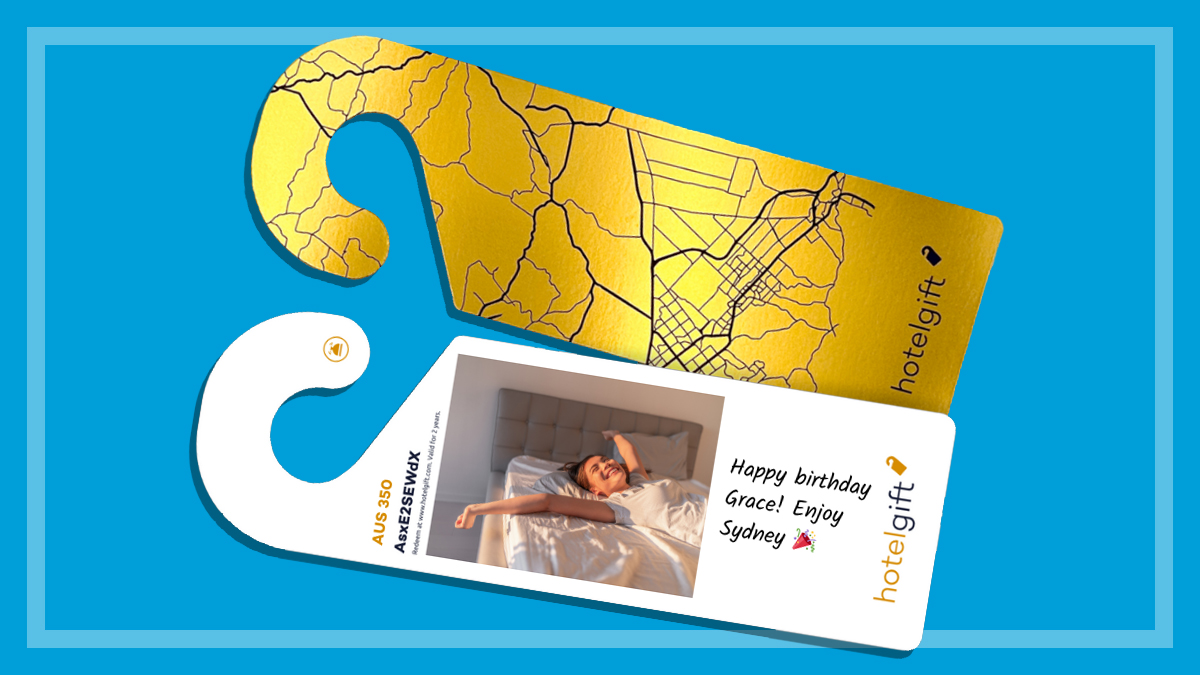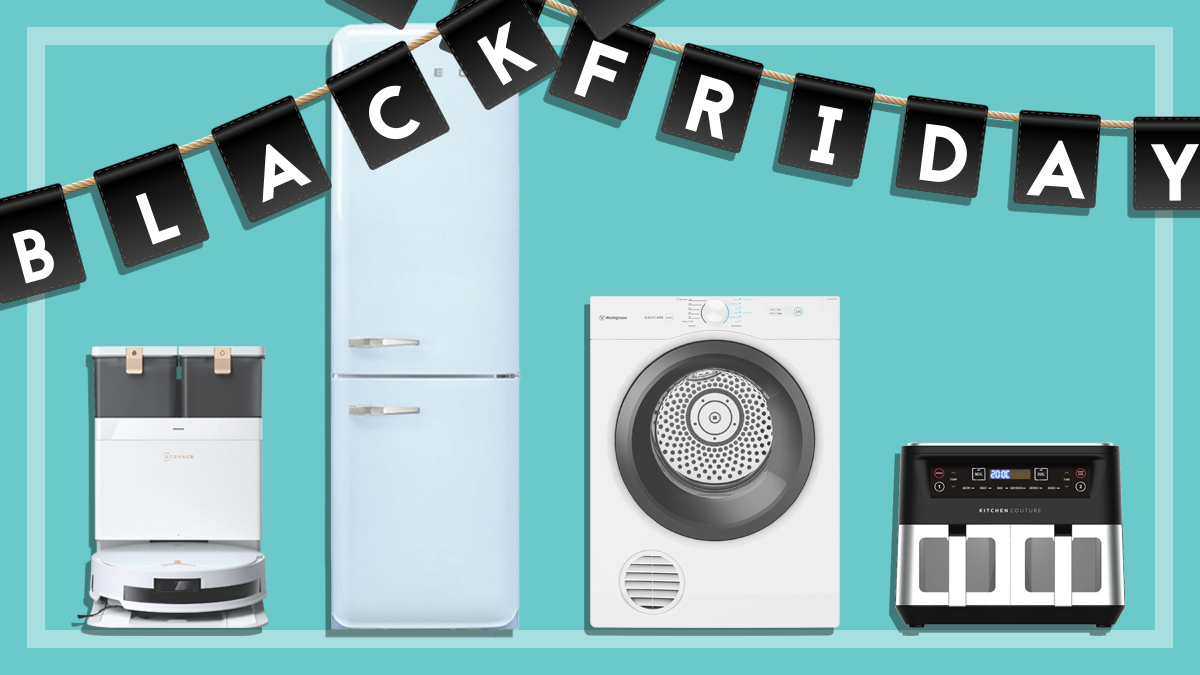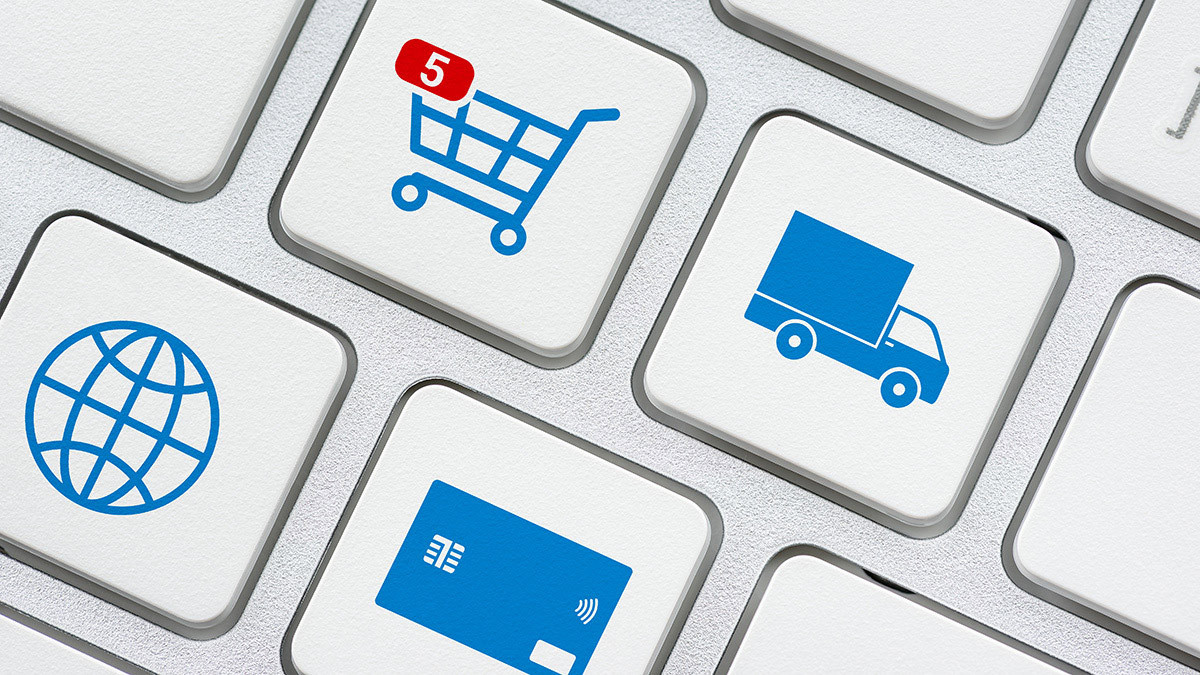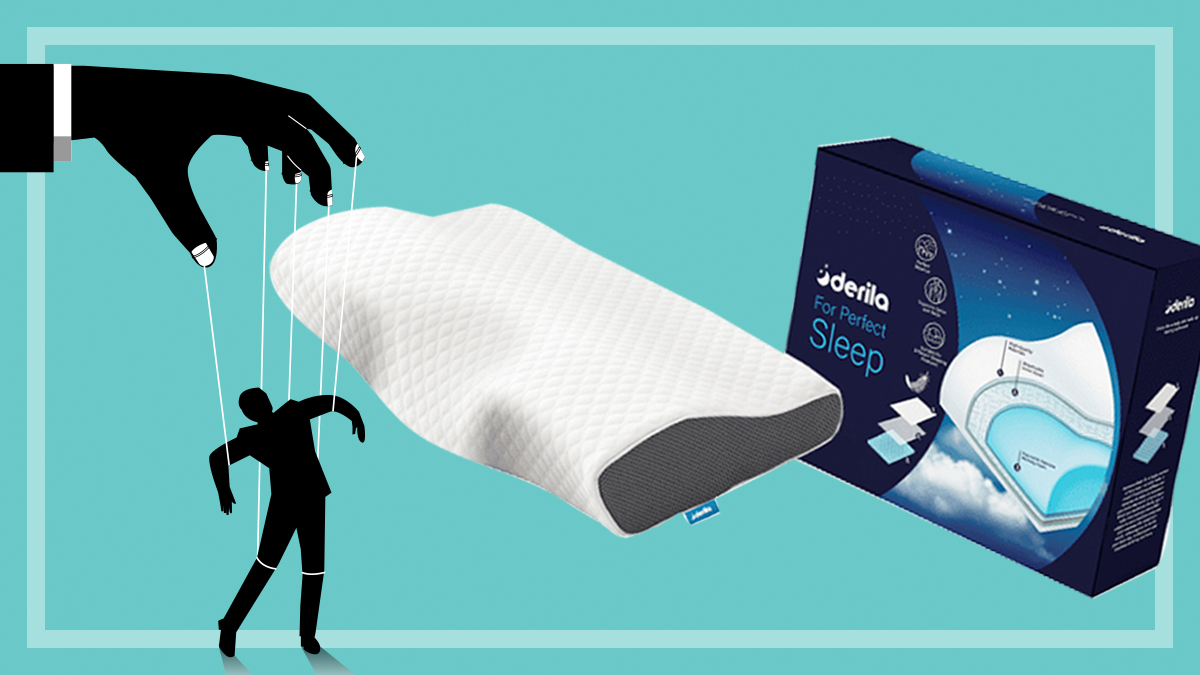Get our independent lab tests, expert reviews and honest advice.
How to use PayPal Buyer Protection
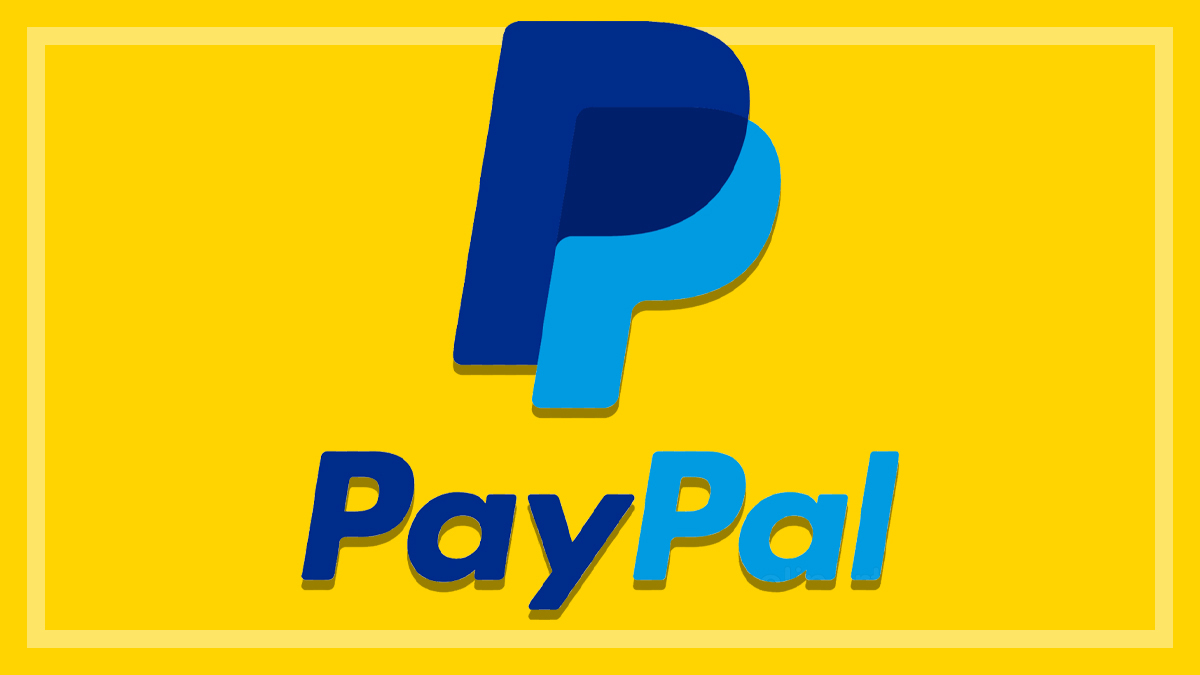
Need to know
- Australia's most popular digital payment system PayPal has a refund scheme available to users
- You may be able to get your money back if you didn’t receive your item or it wasn't as described
- Depending on how much you've spent, it’s a good idea to try PayPal's refund scheme first before pursuing a debit or credit card chargeback
On this page:
- What is PayPal Buyer Protection?
- What is and isn't covered?
- How much does it cost?
- Is it easy to use?
- The claims process
- PayPal Buyer Protection vs credit and debit card chargebacks
If you’ve ever shopped online, you may have had the unfortunate experience of a purchase not going to plan.
Perhaps the product you ordered never arrived or it wasn’t as the listing described, and then when you tried to resolve the issue with the seller, you received no response.
So how do you get a refund? We explain how PayPal’s Buyer Protection scheme works and how it compares to other remedy options.
What is PayPal Buyer Protection?
Buyer Protection is a refund scheme that promises to pay you back for purchases that go wrong (including delivery costs) up to the value of $20,000 – a safety net PayPal says will help you “shop with confidence”.
It sounds like the company is offering the kind of risk-free online shopping we’ve all dreamt of – but beware of the scheme’s limits: its protection isn’t necessarily any better than what’s offered by your credit or debit card through chargebacks.
What is and isn’t covered?
PayPal says its policy can apply in two scenarios:
- an ‘Item not received’ claim, when you didn’t receive what you bought
- a ‘Significantly not as described’ claim, when you receive an item, but it’s damaged, incomplete or is very different to what the seller promised.
This covers physical products you bought online and what PayPal calls “intangible items” – products like downloadable software and tickets.
In the case of ‘Item not received’ claims, there is no cover for items that you collect in person or arrange to be collected on your behalf, including items bought in the seller’s physical store. Although instances where you paid in person using a PayPal QR code are covered.
Purchases over $20,000 and claims not made within 180 days of payment or already resolved by a third party (such as your credit or debit card provider) are also not covered.
Other items that are not covered by PayPal Buyer Protection are:
- real estate
- financial products
- investments
- donations
- custom-made items
- gift cards
- items intended for resale
- gambling expenses
- bills
- motor vehicles
- industrial machinery.
For a full list of exclusions, read Buyer Protection’s terms and conditions.
Is there Buyer Protection for PayPal friends and family?
No, payments sent using PayPal’s friends and family option and guest checkout payments are not eligible for any sort of Buyer Protection.
Does it cover second-hand purchases from Gumtree or Facebook Marketplace?
Yes, but only in certain circumstances. The item must be shipped by the seller to you. There is no cover for purchases of used or second-hand goods that were advertised as such and picked up by you in person or personally delivered to you.
How much does it cost?
There are no fees for Buyer Protection, but as the scheme only covers what you paid for the item, plus what you paid to have it delivered to you, you may have to cover the cost of shipping the item back to the seller out of your own pocket during the resolution process.
How to get it
To be eligible for Buyer Protection, you have to have paid for your purchase through PayPal and have your account on the platform in good standing (meaning you have no ongoing disputes).
You also have to have spent less than $20,000 on buying the item and having it shipped to you.
Is it easy to use?
In the past, CHOICE has heard from PayPal users who’ve been put through the ringer looking for a remedy, but recent reports from members of the CHOICE Community suggest many users are finding the Buyer Protection process easy and accessible.
Goods not delivered
It is worth noting, though, that there are a few provisions in the policy’s terms and conditions that can upset your attempts to get your money back.
Your quest for compensation with an ‘Item not received’ claim, for example, can run into trouble if the seller can provide PayPal with proof of shipment or delivery.
Your quest for compensation with an ‘Item not received’ claim can run into trouble if the seller can provide PayPal with proof of shipment or delivery
Seeing this, the company may decline your claim, even if you never actually received the item, which is something that would be difficult for you to prove.
To be fair, though, credit and debit card chargeback schemes may also reject a claim on this basis.
The claims process
- Try to fix the situation with the seller directly by opening a dispute with them on PayPal within 180 days of sending the payment.
- If you still can’t get a refund, escalate your dispute with the seller to a claim for reimbursement through PayPal’s Resolution Centre within 20 days of filing the dispute with the vendor.
- Respond to PayPal’s requests for information or documentation within the timeframes provided.
- If you’re filing a ‘Significantly Not as Described’ claim, you may have to ship the item back to the seller and provide proof of postage.
- PayPal will decide whether or not to refund your costs. The company told CHOICE it doesn’t put limits on how long this can take, but says most claims are resolved within 30 days. If you’re unhappy with the decision, you can dispute it with PayPal or seek a remedy from your credit or debit card provider via chargeback.
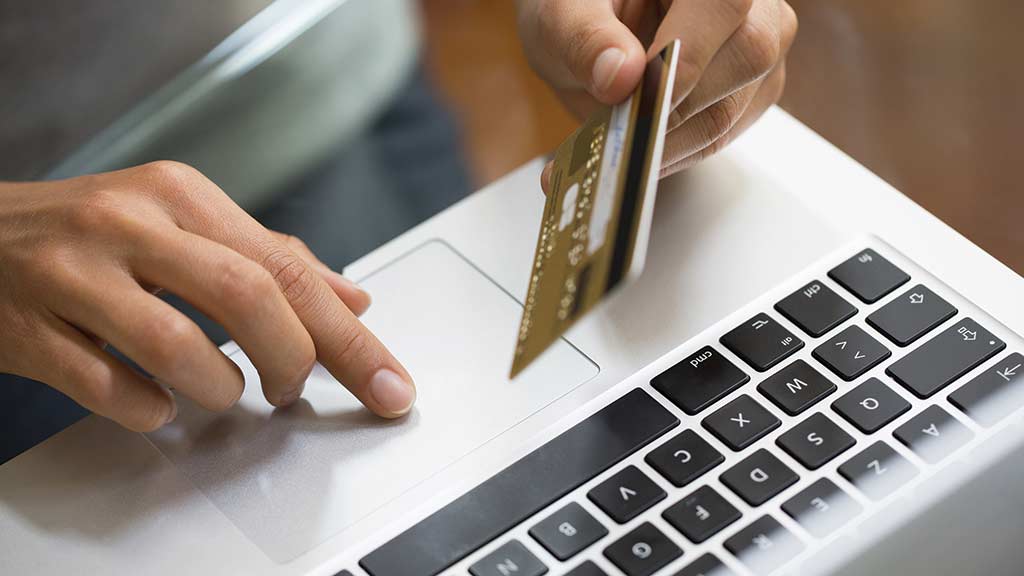
PayPal Buyer Protection vs credit and debit card chargebacks
If you’ve paid for something through PayPal, but the money came from a linked credit or debit card, you may also have the option of getting a chargeback from your card provider.
A chargeback is when your bank reverses a transaction you’ve made with your credit or debit card, refunding the money back into your account.
You can get a chargeback by talking to your financial institution. They will check if you’re eligible for a chargeback under the rules set out by the operator of the card scheme – likely Visa, Mastercard or American Express.
Just like PayPal, these operators allow for chargebacks if goods aren’t received, are faulty or not as described. If they believe you’re eligible under these guidelines and you can provide staff with all the information they require, your bank will negotiate a chargeback with the retailer’s bank.
Major card operators are slightly less generous than PayPal, giving you 120 days to ask for a chargeback, but they don’t put a limit on how much you can claim back
In terms of the time you have to raise a dispute, the major card operators are slightly less generous than PayPal, giving you 120 days from the date of the transaction or expected delivery of the goods to ask for a chargeback.
On the other hand, they don’t put a limit on how much you can claim back, so a chargeback is definitely your best option if you’re looking to recoup more than $20,000.
But, if you’re after less than $20,000 and you believe your purchase meets the eligibility requirements, it’s best to try PayPal’s Buyer Protection first.
PayPal says that if it doesn’t decide in your favour, “you can seek to pursue the dispute with your card issuer” afterwards. And if “PayPal does not make a final decision on your claim until after your card issuer’s deadline for filing a dispute, and because of our delay you recover less than the full amount you would have been entitled to recover from the card issuer, we will reimburse you for the remainder of your loss (minus any amount you have already recovered from the seller or your card issuer).”
CHOICE tip: Like PayPal, banks and card companies expect you to try to resolve any issues with retailers in the first instance and may ask for proof that you’ve done this when the dispute reaches them.

